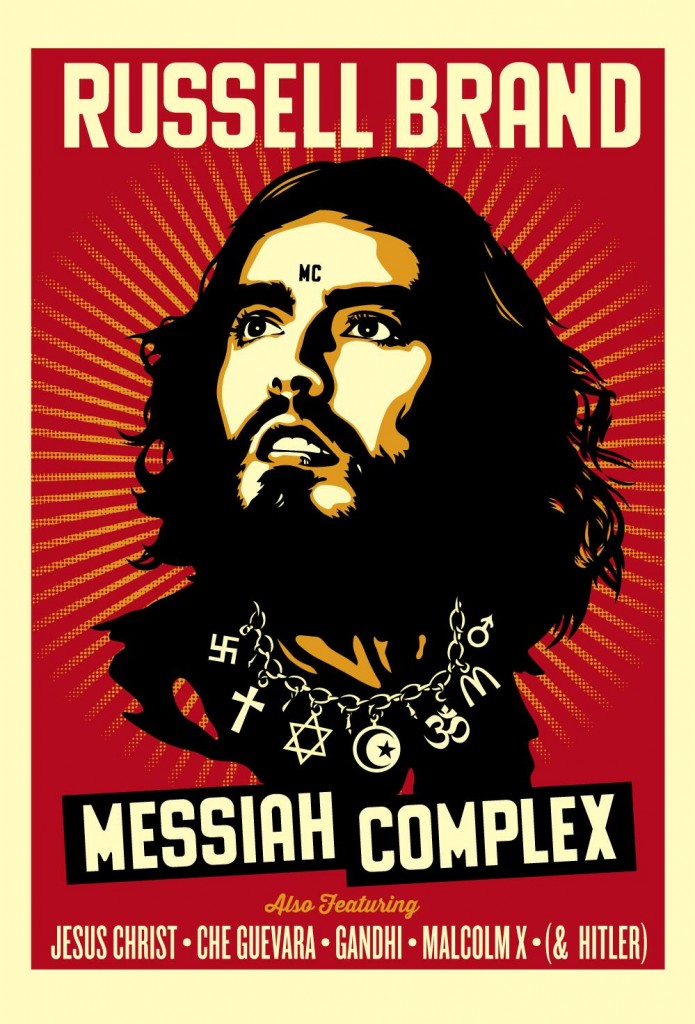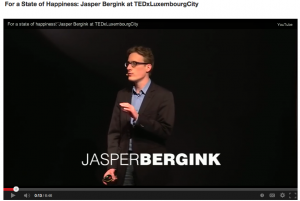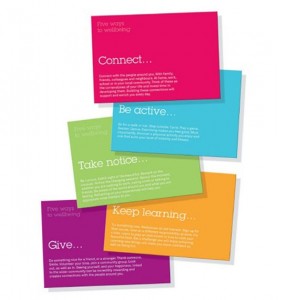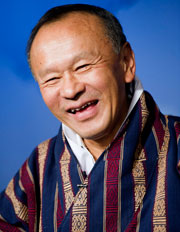This post was first published on the blog of TEDxAmsterdam. TED’s library contains about fifty talks on happiness. In a new monthly series under the title TED & Happiness, I’ll be sharing the insights of TED speakers about happiness.
When are we happy? TED speaker Csikszentmihalyi has a surprising answer. According to his research, maybe we do better to find pleasure in difficulties activities, even hard work, than those activities that seem relaxing in themselves.
Of all the TED and TEDx talks on happiness, my favourite is the one by Mihaly Csikszentmihalyi on flow. His talk is not spectacular. Do not expect flying robots, emotive music or a call for revolution here. But behind his old-fashioned slides (a no fear for using a graph), Csikszentmihalyi shows his passion for passions. In his talk, the psychologist explores where our moments of happiness lie. His examples show that we experiences happiness when we are fully absorbed by an activity that challenges all our skills.
Mountain climbing
According to Csikszentmihalyi, the challenges we face and the skills we can use are the key to flow. Think of a mountain climber that is using all his forces to get around a challenging rock in a difficult climb. He is high on a mountain, fully concentrated and using all his energy to get grip. This is clearly not a relaxing or pleasing activity. The climber does not enjoy the cold wind or the difficulty of the situation he is facing.
Yet, when the climb is going well, it’s likely that he’ll experience flow. Csikszentmihalyi describes flow, or ‘optimal experience’, as an intense moment of concentration where you are fully focused on your present activity. Your self-consciousness disappears. Sense of time becomes distorted. Your hands and feet automatically find their path over the cold rocks. And when you make it to the top, there is a great sense of achievement. All these experiences are so gratifying that you want to climb the rock even if it’s difficult, dangerous, or without a real purpose.
The flow of music, sex… and work!
Thus it is moments of flow, or optimal experience, where happiness lies. The pretext is that if we want to be happy, it is not about being relaxed, but bored, for instance when we are watching TV. Instead, flow-inducing activities are those that require us to be active and to use our skills. Flow can be achieved by sports, by creative activities like music or writing, by sex… and even by work!
The interesting thing is that flow is something different for everybody. Even if I can’t climb mountains or compose music, I can experience it in another way. For me writing is such an area. Sometimes writing my blog articles is a pain. At times, I don’t know exactly what I want to say about the topic I choose. I might be anxious that my ideas aren’t original. But when I get in a good flow, my hands fly over the keyboard. Sentences appear magically on the screen, as if they wrote themselves. And I have the gratifying feeling of having created something that didn’t exist before.
The model of flow – and all other emotions experienced at various combinations of challenge and skill. Image: Wikipedia.
Challenge your skills
The lesson from Csikszentmihalyi is simple. Be active. Work on your passion. Keep discovering and developing your talents. Challenge your skills. That is how you create the conditions that foster your flow.







